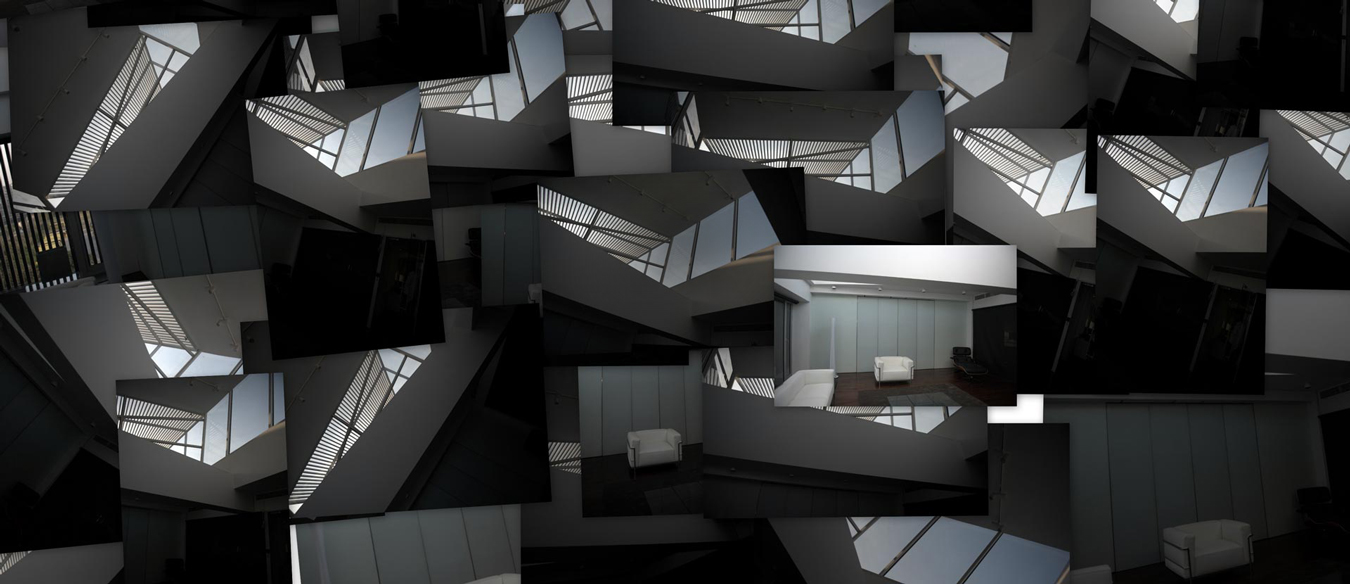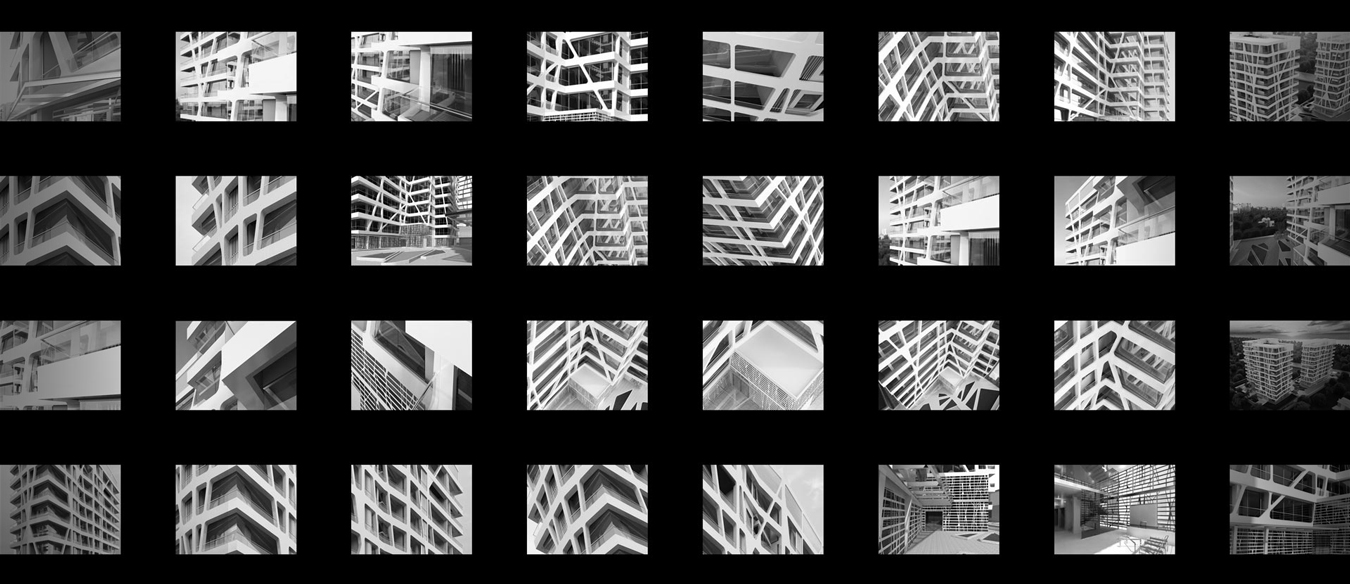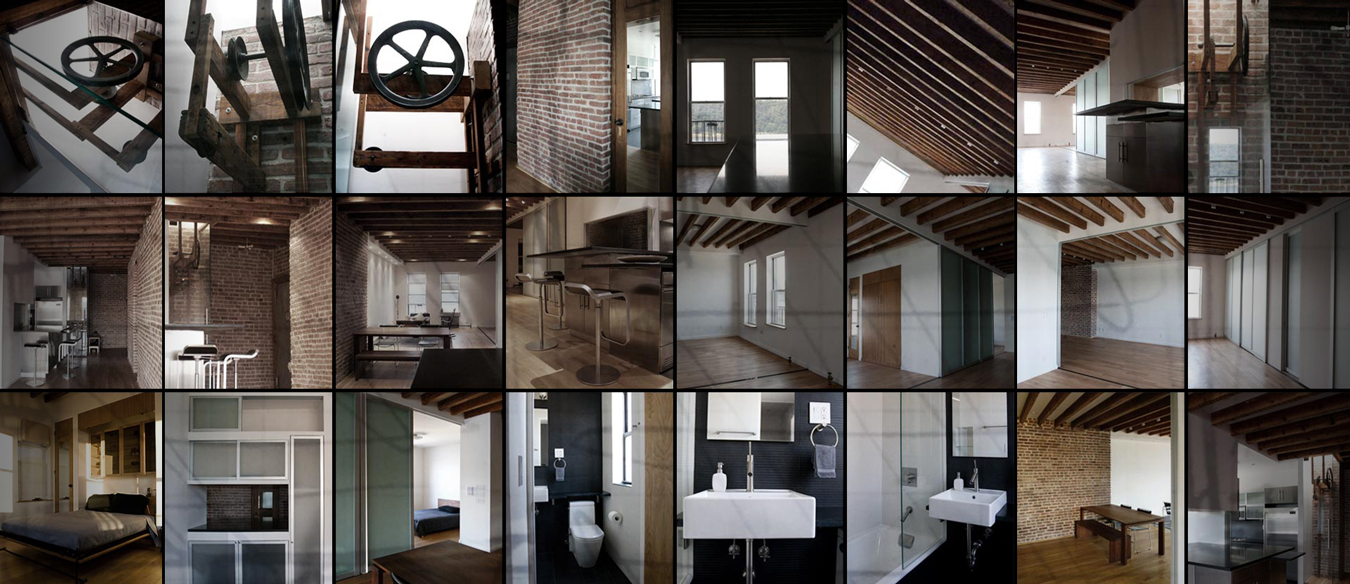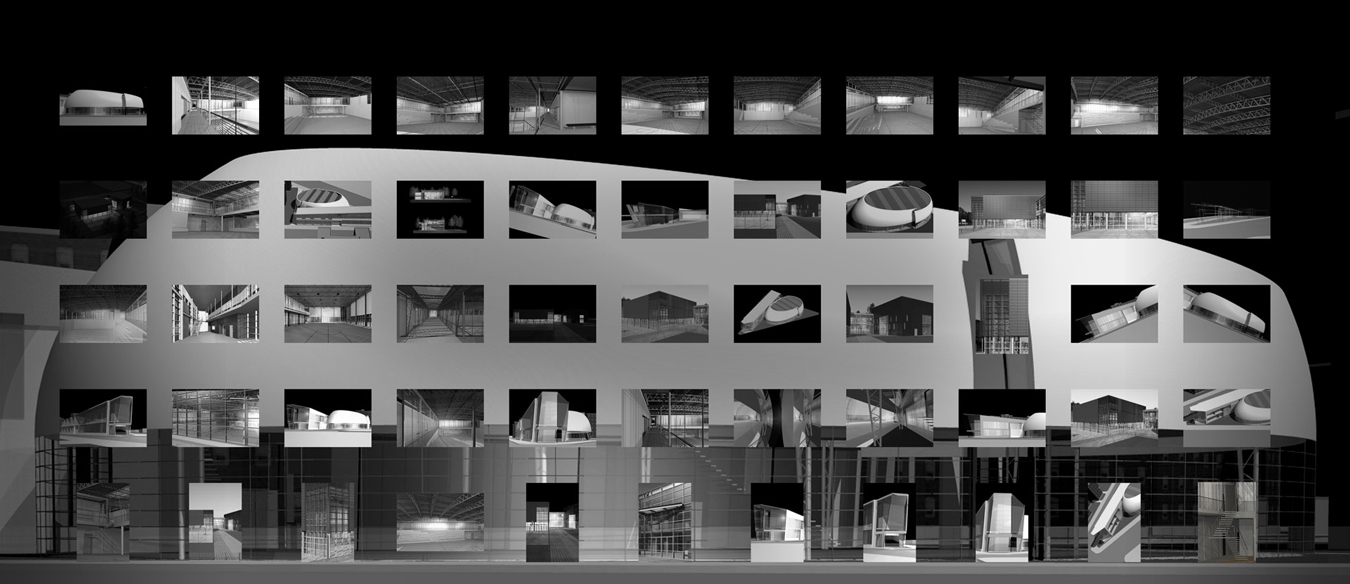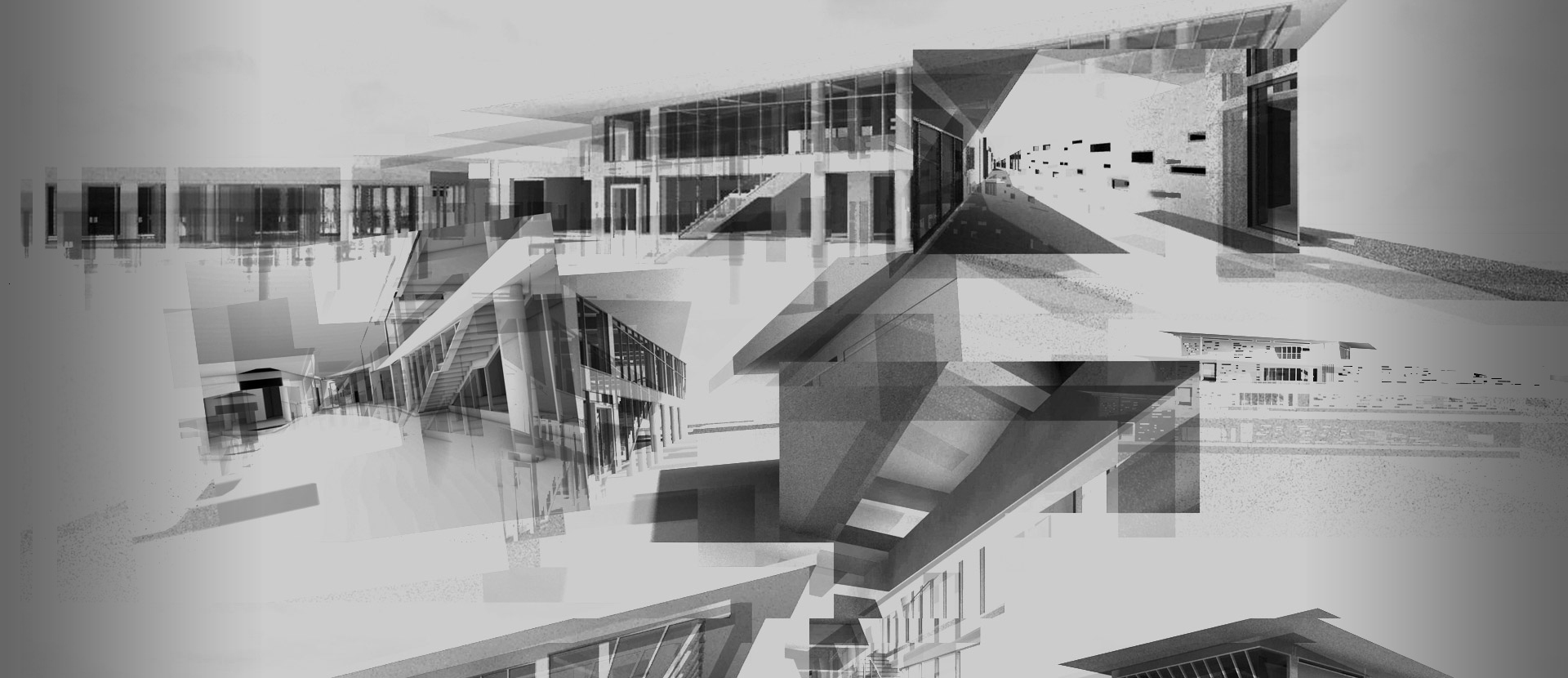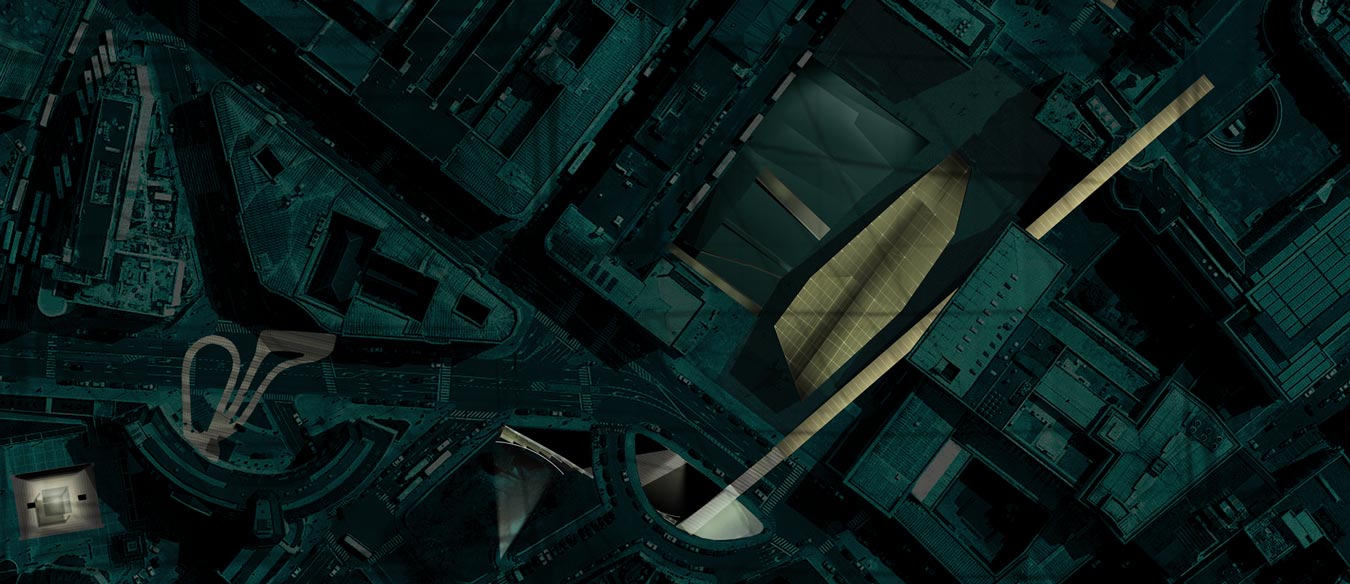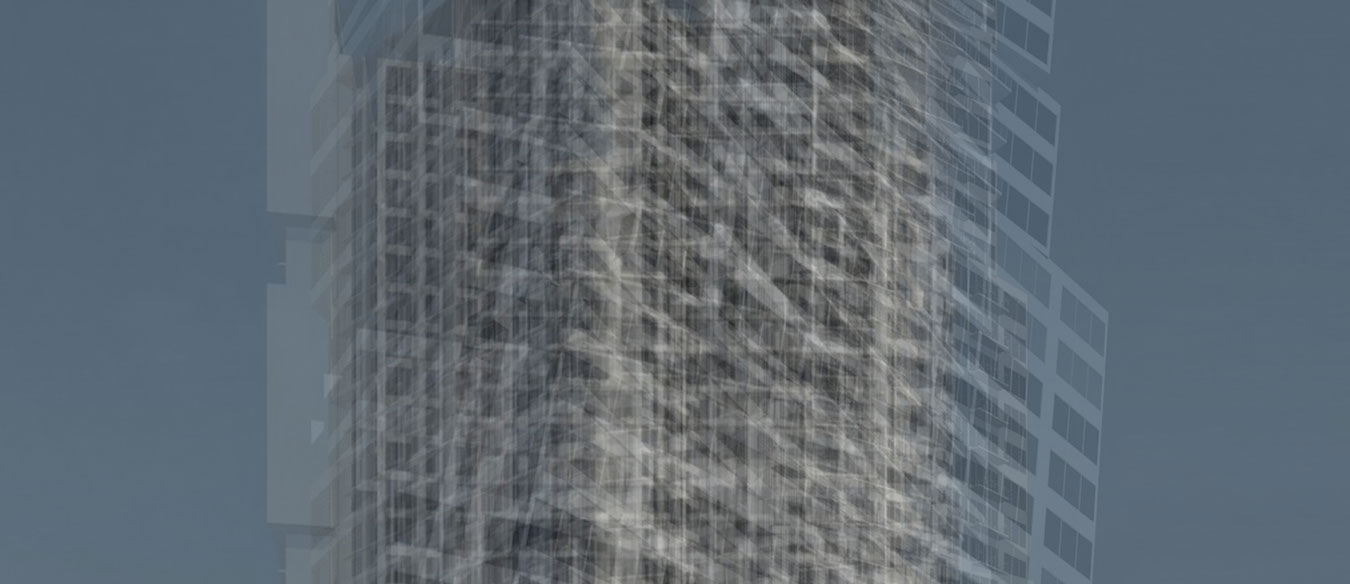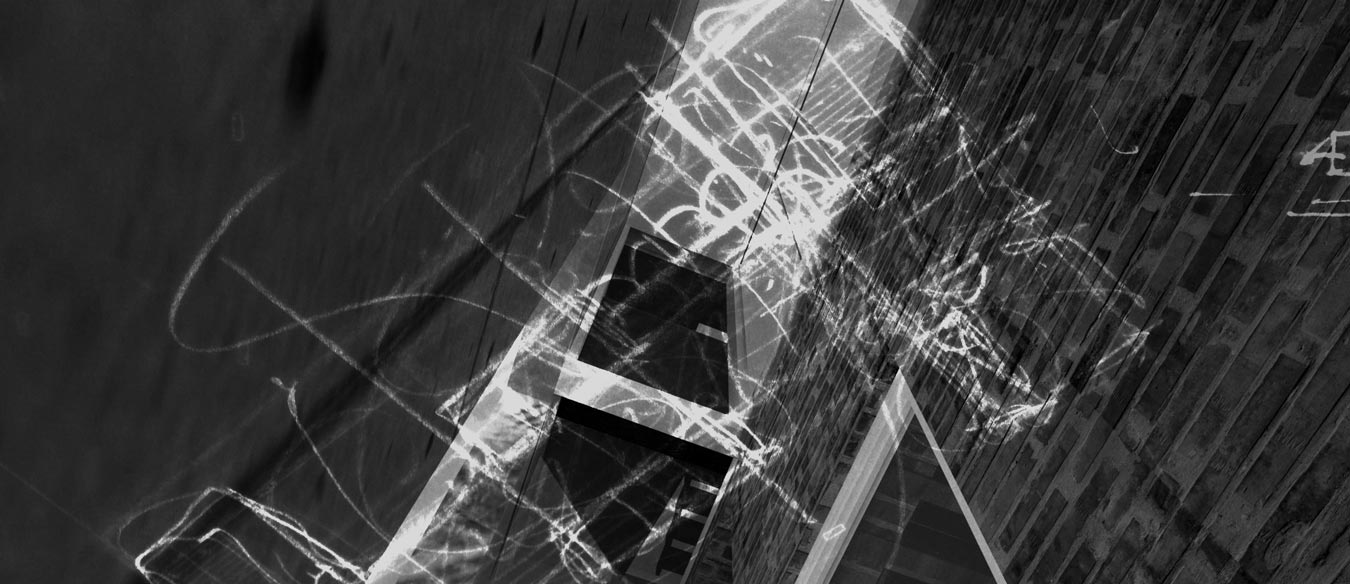Architecture | Urban Design
- de.Sign is about all that matters, small or large, but can make a big impact. And that includes Architecture, Urban Design, Product Design, Research and simply thinking about ecocentric, human-centric design. We strive to produce forms that are at the forefront of contemporary discourse, rooted in local culture and context.
Publications
- Bookending Affordability. Rizzoli. Mar 2024
- (Viren Brahmbhatt, Richard Plunz) contributed to the book "Housing the Nation: Social Equity, Architecture, and the Future of Affordable Housing" This publication brings together essays from architects, economists, planners, and community organizers to address America's affordable housing crisis.
- Seven Points for Housing Action. Feb 2024
- Viren Brahmbhatt, Richard Plunz Two scholars deliver a manifesto with notes for the new federal administrationLink
- Now Urbanism: The Future City is Here. Routledge. Jan 2015
- Publication of ongoing research and thesis on "Messy Urbanism" in recently published book: "Now Urbanism: The Future City is Here”, (Ed.); Routledge (Jan 2015): After more than a century of heroic visions for Utopian cities, urban dwellers today live in suburban subdivisions, gated communities, edge cities, apartment towers and slums. While some cities are shrinking, others continue to grow rapidly, spurring migration and expanding urban ecological footprints. Faced with the uncertainty created by challenges such as climate change, political unrest and economic stagnation, these dynamics are likely to continue. In recent decades, a significant body of discourse on urban futures has emerged offering discrete visions of future cities and alternative processes for city making. Rather than simply adding to this discourse, this book explores the intersections of critical inquiry and immediate and substantive actions. It recognizes the rich complexities of the present city not as barriers or obstacles but as grounds for uncovering opportunity and unleashing potential. Now Urbanism asserts that the future city is here by examining the diversity, richness and potential of the present city. It views city making as grounded in the imperfect, messy, yet rich reality of the present city and the everyday purposeful agency of its dwellers. Through a framework of situating, grounding, performing, and speculating, a multidisciplinary group of practitioners and scholars present essays that illustrate specificity, context, agency and tactics in the re-making of the contemporary city.Link
- Reimagining Lutyens' Delhi. A publication based on GSAPP Spring 2014 Studio | Columbia University. Jan 2015
Reimagining Lutyens' Delhi is based on the studies on Lutyens' Plan for Imperial Delhi, by the Urban Design Studio, Spring 2014 (Master of Science in Architecture and Urban Design), Graduate School of Architecture, Planning and Preservation, Columbia University in The City of New York.
ABSTRACT The subject of the Studio was a comparative urban dialogue between New Delhi, Kisumu, and Medellín. Like dynamic cities everywhere, they share concerns about the form of their continuing expansion and the consequent mandates for compact growth. This dialogue is of particular interest given the diversity of character and context of each, within the broad context of development in the "Global South." The New Delhi mandate involves densification of the Lutyens' Plan for the original colonial city, long considered an international landmark in early 20th century urban design. In question is the evolution of this culturally significant and highly formalized hallmark from its ceremonial significance as new Capitol of India to expanded meaning as center of a new commercial metropolis. For each of the three cities, detailed study sites were carefully chosen as particular "fragments" that could serve as windows through which to view the larger question of their respective development modes, and to comparatively explore "saturation" levels of density within the respective urban contexts.
REIMAGINING LUTYENS’ DELHI examines the present day situation of the landmark historic plan for the new capital of India by the British architect Edwin Lutyens (1869-1944), completed in 1931. The original plan has been considerably modified in ad hoc fashion over the past two decades due to real estate pressures related to the large growth of the city and region during this period. Yet much remains of enduring value within the plan such that consideration of preservation measures is crucial, while recognizing that Lutyens’ composition has entered an era of transformation. The four “provocations” presented in the exhibition aspire to address the contradictions between preservation and development. Developed by post-professional students, faculty, and experts at Columbia University in collaboration with local partners in Delhi, each urban design proposal examines a typical condition between the center and periphery of Lutyens’ Delhi. They are the Bungalow Zone; the Janpath; the remnants of Baoli, Hauz, and Nullah; and the adjacent Kidwai Nagar neighborhood. They are proposed with the hope of making a positive contribution to the debate on the future of the past for this world landmark in urban design.
- InFormal City. Times of India. June 5, 2010
- Informal Cities in Formal Cities is a reality many of India's cities contend with..... What would be the role of architecture and urban design in response to such culture of informality that shapes urbanity in these parts of the world where the sheer scale of informal human settlements leaves a lot to desire.... and very few options for urban planners and designers...Link
- India's Messy Urbanism. Architects Newspaper, New York. June 3, 2009
- Like other megacities, the large cities of India are grappling with the conflicting logic of globalization and localization. As new networks of global trade and finance create new opportunities, developer-friendly architecture and planning are appropriating contemporary discourses, and producing urban forms hitherto unknown. Globalization and its influence are thus transforming the city as physical, social, and cultural boundaries are being renegotiated. Link
- Vacant City: Brussels' Mont des Arts Reconsidered. 2001
Vacant City deals with the project to revise and reconfigure the Mont des Arts, a neighborhood in the center of Brussels where the museums and cultural institutions are concentrated - the city's 'Museum Quarter.' Originally designed from the perspective that concentrating national cultural institutions and large-scale works in the heart of a city would make a crucial difference in the city's development, the Mont des Arts is now considered to be in need of some serious revision. Vacant City offers a fascinating insight into the problematic history of the Mont des Arts as an urban site, and also proceeds from this concrete ‘case study' to questions of the significance and role of museums and cultural institutions for and in the cities of the future. Vacant City shuttles between the issue of vacant structures in today's cities, the role of culture in urban and spatial planning, and the changing significance of the museum.
Project Team: Richard Plunz, Viren Brahmbhatt (Partners in-charge). Our team was invited by Brussels2000 Committee to prepare urban design proposal for the Center of the City of Brussels. The project brief included redesign and revitalization of the historic core consisting of the Royal Citadel, Museums, National Library & Archives, the Palace of Fine Arts and Central Station. The fundamental approach to design was to make the historical layers of the city legible though a series of transmutations and careful de-masking. The controlled excavation of the site allows it to be de-masked. The de-masking makes a series of public panoramas, transforming the hermetic domain of royalty to a new populist presence. The panoramas are understood sectionally; La Putterie is returned to the body politic through its diverse layers. The Mont des Arts is opened to the city as an emblem of the cultural diversity of the Belgian state.Link
- Hell's Kitchen South: Developing Strategies. 2001
- Hell's Kitchen South: Envisioning Community-based Development. 1999–2002 (A project of the Design Trust for Public Space with the Hell's Kitchen Neighborhood Association) This three year community-based planning project culminated with Hell's Kitchen South: Developing Strategies, a guide and tool for local constituents, including the Hell’s Kitchen Neighborhood Association and Manhattan Community Board 4, as they steer future development in their neighborhood for the good of Hell's Kitchen and the larger city. The Design Trust for Public Space's efforts to facilitate a community-based vision for Manhattan's far west side is encapsulated in this report. The document includes findings from a community planning conference, as well as the results of a subsequent design study carried out by Design Trust fellows. Contents include design studies and planning reports, feedback from public exhibits and symposia, and a discussion of a series of goals: ensure that new development respects varying area scales, increase residential population while assuring a mix of incomes, improve public amenities, and mitigate traffic congestion. Link
TEACHING | Design Studios
- Bernard Spitzer School of Architecture | CCNY | CUNY | New York
-
Bombay to Mumbai: Shifting Geographies, Mapping Difference | Fall 2024 | Advanced Studio
Re[Posit] : Questioning Spaces of Knowledge / Advanced Studio Spring 2023 | Advanced Studio
Shifting Territories | Contested Grounds | Spring 2022 | Independent Research & Design Does Architecture need a reset? Reflecting on shifting paradigms and architecture’s new/no-normal entanglements
Public [Private] House: Shifting Domesticities and Other Spaces | Fall 2020 | Advanced Studio
Design<>Disruption: Architecture in the Age of Acceleration | Spring 2020 | Advanced Studio
- Life Along The (e)L (New York) | Spring 2019 | Washington University in St Louis, Sam Fox School of Design and Visual Arts, College of Architecture and Urban Design
- Faculty: Petra Kempf & Viren Brahmbhatt The Studio explores the changing nature of speculation in the City in response to imminent or projected ‘disruption(s)’ in the city through multiple scales within a diverse set of urban conditions, engaging the practice and theory of contemporary architecture and urbanism. It will examine ways in which urban life is shaped (and might be reshaped) amid forecasted (significant) changes that include population growth, demographic shifts, concentrated economic development activities and long-term transit investments, among other influences. The site is New York City, primarily Brooklyn. The challenge towards finding alternative models of centrality considering a scheduled infrastructure makeover (L-Train Shutdown/Slowdown) enables a unique opportunity for discovery. It provides a platform for speculation on future models of urban life – a life that may be a departure from conventional urban expansion models. In view of this, the Studio will speculate between themes of centrality versus de-centrality, expansion and reduction, anomaly and routine, among others. Furthermore, it will attempt to uncover and expose the politics of disruption as (when) interruption of city’s interconnected infrastructure network condenses (causing) it to malfunction; and potentially trigger speculative urbanization; as well as the politics of displacement in gentrifying neighborhoods of the city. These provocations will be examined as the driving conceptual force.
- Peripheral Fragments | Seoul, Rio (Spring 2015). Columbia University Graduate School of Architecture, Planning and Preservation
- With Richard Plunz, Victor Body-Lawson, Viren Brahmbhatt, Priscila Coli, Petra Kempf, Seiyong Kim, Geeta Mehta The subject of this Studio is a comparative dialogue between urban regions of Seoul and Rio de Janiero. Specific focus will be concerned with peripheral growth in each regional context. The nexus for each will be a medium size historic city center that has been drawn into recent urbanization processes and its ramifications. For Seoul it is Suwon on its southern periphery. For Rio it is Santa Cruz on its western periphery. Both are municipal entities covering large land areas with large agricultural pockets that are now proposed to be urbanized, prompting immediate concerns about disruption to their historic centers; loss of agricultural uses; and lack of critical thinking about the nature of new place-making in the 21st Century.
- Three Densification Modes | Delhi, Kisumu, Medellín (Spring 2014). Columbia University, Graduate School of Architecture, Planning and Preservation
- With Richard Plunz, Victor Body-Lawson, Viren Brahmbhatt, Michael Conard, Juan Esteban Correa Elejalde, Petra Kempf, Geeta Mehta, Kate Orff The subject of this Studio is a comparative urban dialogue between New Delhi, Kisumu, and Medellín. Like dynamic cities everywhere, they share concerns about the form of their continuing expansion and the consequent mandates for compact growth. This dialogue is of particular interest given the diversity of character and context of each, within the broad context of development in the "Global South." The New Delhi mandate involves densification of the Lutyens Plan for the original colonial city, long considered an international landmark in early 20th century urban design. In question is the evolution of this culturally significant and highly formalized hallmark from its ceremonial significance as new Capitol of India to expanded meaning as center of a new commercial metropolis. The Kisumu mandate also entails urban densification, but with sharply contrasting origins and formal characteristics evolving out of the commercial functionalism of an early 20th century port city. In question is the upgrading of areas along a rapidly growing growth corridor, within municipal resource constraints. The Medellin mandate entails densification of the "informal sector" periphery, within the context of a city recently transformed by new political will and substantial investment. In question is the next phase of development for a city that has become an international "textbook" case in terms of innovative urban design initiatives and projects. For each of the three cities, detailed study sites have been carefully chosen as particular "fragments" that will serve as windows through which to view the larger question of their respective development modes, and to comparatively explore "saturation" levels of density within the respective urban contexts.
- Central Brooklyn and Broadway Triangle Area: Planning Strategies towards | Planning Studio, Pratt Institute, School of Architecture. (Spring 2010).
- In continuation of the Fall 2009 Urban Design Studio and what they developed as an interdisciplinary curriculum, Meta Brunzema and Viren Brahmbhatt joined by Ron Shiffman offered this studio to Planning students in Spring 2010. This Planning/Urban Design “net-zero carbon” research and design studio was led by three Pratt professors; Meta Brunzema - Graduate Architecture & Urban Design program and Viren Brahmbhatt - Graduate Center for Planning and the Environment, along with Ron Shiffman of GCPE. Faculty members Meta and Viren each received two generous CSDS/FIPSE grants: a Faculty Development grant and a “Creative Cluster” grant. The stipends allowed a substantial enrichment of the course as described below. In addition, the stipend paid for an additional technical teaching assistant charged with assisting the students with project-related GIS mapping and analysis.
- Net-Zero Carbon District in Bed-Stuy, Brooklyn | Urban Design & Planning Studio, Pratt Institute, School of Architecture. (Fall 2008).
- At Pratt Institute School of Architecture, Planning and Urban Design, Professors Viren Brahmbhatt and Meta Brunzema co-taught an interdisciplinary graduate Urban Design Studio, a course that proposes to explore design and planning strategies for net-zero carbon development in Brooklyn’s Bed-Sty neighborhood. On December 15, 2008, the students presented their work and research to a wide-ranging jury comprised of professionals, academics and city officials as well as community representatives;
- East New York Reimagined | Planning Studio, Pratt Institute, School of Architecture. (Fall 2007).
- COURSE DESCRIPTION: The neighborhood (as defined by a number of physical, political, and socioeconomic criteria) is the level at which most planning efforts affect citizens. Increasingly, the neighborhood has also become the official focal point for city, state and federal programs in both service delivery and physical development planning and implementation. This studio introduces the student to basic techniques in neighborhood needs analysis and comprehensive planning. Utilizing a neighborhood of appropriate size and type, the students, working in teams, develop an area-wide plan (based on primary and secondary research and needs analysis) providing for residential, commercial and industrial land use and related services and infrastructure. In order to maximize the usefulness of the semester's work, as well as to provide a realistic assessment of plans produced by the studio, written and graphic materials are prepared for presentation to the "client" - usually a locally based nonprofit organization representing the neighborhood under study. DETAILED DESCRIPTION: The neighborhood for this studio is Brownsville in Brooklyn. The studio program includes various components including housing, infrastructure/landscape and other neighborhood scale needs. Additionally, the brief would require students to integrate any overlaps and opportunities based on planned and ongoing projects in the neighborhood by the City of New York (various city agencies including DDC, DOT, DEP, NYCHA and non-profit organizations such as Common Ground Community and others). Studio program will look at affordable housing, issues surrounding classic public housing sites, projected changes in the area per Mayor's 2030 Plan (for public space development, parks and plazas, infrastructure and landscape). Client contact will include professionals from the city and the officials from DDC, NYCHA and other organizations. Students will carry out mapping exercises and design charades for potential sites for plazas as part of an overall plan for the selected areas in the neighborhood based on particular project(s), locations etc. Students will be required to study, research and explore current community needs, ongoing community based initiatives and explore ways to increase both affordable and market-rate housing in the area.
GUEST CRITIC
- Eastern Waterfront: Development Transects, Mumbai Graduate School of Architecture, Planning and Preservation, Columbia University, Spring 2010
- Scenarios for Development, Dharavi, Mumbai (Spring 2009). Graduate School of Architecture, Planning and Preservation, Columbia University. Spring 2009
- Smart Streets, Graduate School of Architecture, Planning and Preservation, Columbia University. 2006
LECTURES AND WORKSHOPS
- Godavari | Past, Present & Possible | Workshop in Ahmedabad, India| Spring 2025 | International Design and Research Workshop
- Next Eco-City Conference at School of Landscape Architecture, University of Washington, Seattle. Apr 8, 2011
- Guest Panelist and Lecture for GSAPP Housing Studio at Columbia University. Fall 2006
- Scenario Planning Workshop: Spatial Information Design Lab. Columbia University Graduate School of Architecture, Planning and Preservation. Sept 29, 2006
- Atlantic Yards Community Workshop. Mar 20, 2004
de.Sign Studio LLC New York | Mumbai de.Sign@deDotSign.comwww.deDotSign.com
NEW YORK 234W 20 Street 6B, New York, NY 10011 +1 212 645 6340 T+1 646 719 0138 C
MUMBAI +91 982 000 1891 C/WhatsApp+1 212 645 6340 T
CAREERS careers@deDotsign.com
